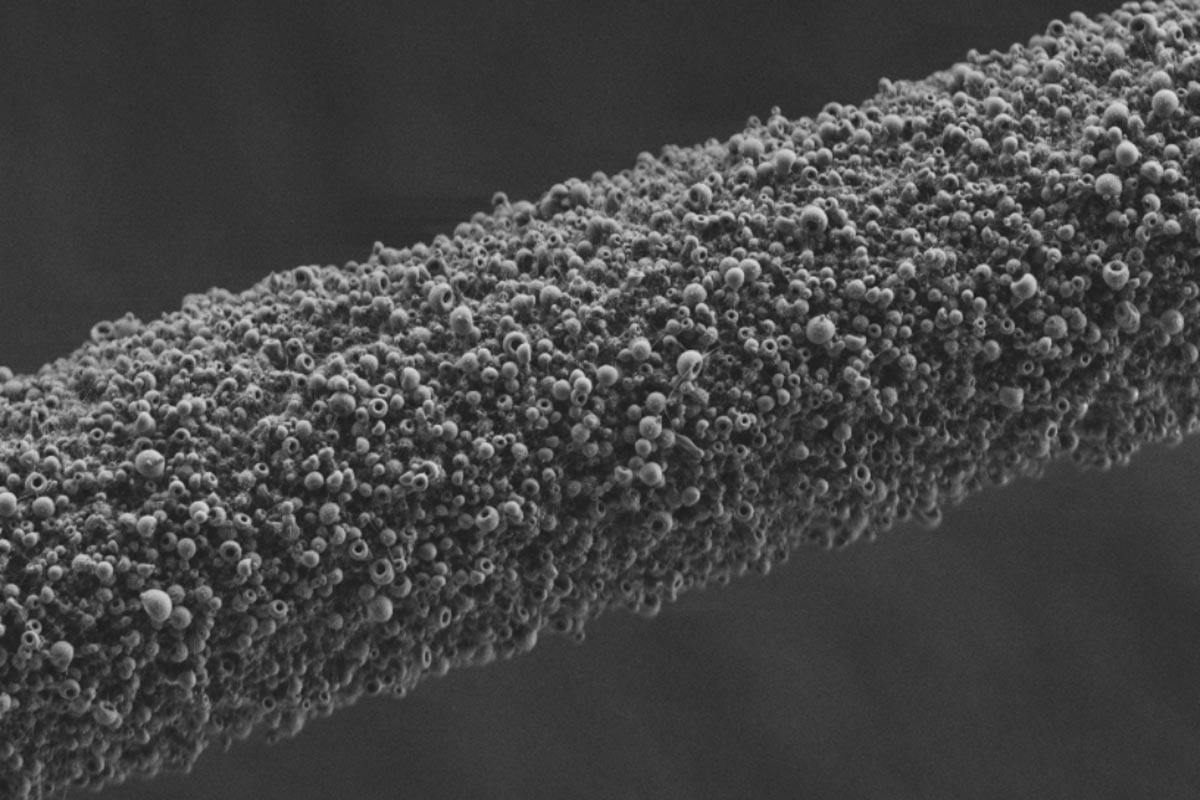The Science
The cells of plants are surrounded by a wall that is composed mostly of cellulose and lignin. While cellulose is relatively easy to degrade, lignin is very sturdy. White-rot fungi have an extraordinary ability to break down lignin. However, scientists do not know what happens to the products that result when these fungi deconstruct lignin. To find out, researchers used synthetic compounds that mimic those produced by lignin breakdown. They then fed those compounds to the fungi. Next, the researchers determined what substances the fungi converted lignin into by tracking the compounds within the fungal cells. This study reveals that white-rot fungi uptake lignin deconstruction products and use them as a carbon source. This carbon serves the fungi as a food and as material to build their bodies.
The Impact
Lignin accounts for 30 percent of the organic carbon on Earth. Therefore, white-rot fungi—the most efficient lignin-degrading organisms—play a critical role in the movement of carbon from the atmosphere to organisms and vice versa. Scientists long believed that white-rot fungi convert lignin to carbon dioxide and water outside their cells to simply gain access to the plant cell wall sugars that compose cellulose. The current study overturns this decades-old dogma. It demonstrates instead that white-rot fungi also incorporate carbon from lignin-derived compounds. In other words, white-rot fungi use both cellulose and lignin as foods and building material. This study also establishes a foundation for using white-rot fungi in biotechnological applications. If researchers can convert lignin into biofuels and other products for industry, the world can take a key step towards a plant-based economy that is more sustainable than our oil-based economy.
Summary
Scientists have largely overlooked the intracellular metabolization of lignin deconstruction products in white-rot fungi. This was due to the difficulty of studying white-rot fungi in culture and a lack of genetic tools for these fungi. Scientists have now overcome these obstacles by labeling carbon atoms within synthetic aromatic compounds with a carbon isotope (carbon-13). These synthetic compounds are identical to those that compose lignin in poplar trees. The team used these carbon-13-labeled chemicals as carbon source in fungal cultures to track their use through the central metabolism of fungal cells. The team selected two species of white-rot fungi that use different mechanisms to degrade lignin and cellulose. They discovered that the fungi converted the carbon-13-labeled aromatic compounds into amino acids, which are the main components of proteins.
Taking advantage of the availability of sequenced genomes for both fungal species, the researchers applied systems biology and computational genome analysis approaches to predict their aromatic catabolic pathways. Then they conducted metabolomic, proteomic, and transcriptomic analyses to confirm the existence of predicted catabolic intermediate metabolites as well as the enzymes that generated them. The team obtained further evidence of the metabolic roles of some of those enzymes by producing them in the laboratory bacterium Escherichia coli and then verifying that they had the predicted enzymatic activity in vitro.
Funding
This research was supported by an Early Career Research Program award to Davinia Salvachúa Rodríguez funded by the Department of Energy (DOE) Office of Science, Biological and Environmental Research program. A portion of the research was performed in the Joint Genome Institute at Lawrence Berkeley National Laboratory and in the Environmental Molecular Sciences Laboratory located at Pacific Northwest National Laboratory. Both are DOE Office of Science user facilities. Part of this work was also supported by a Laboratory Directed Research and Development project at the National Renewable Energy Laboratory (NREL).


